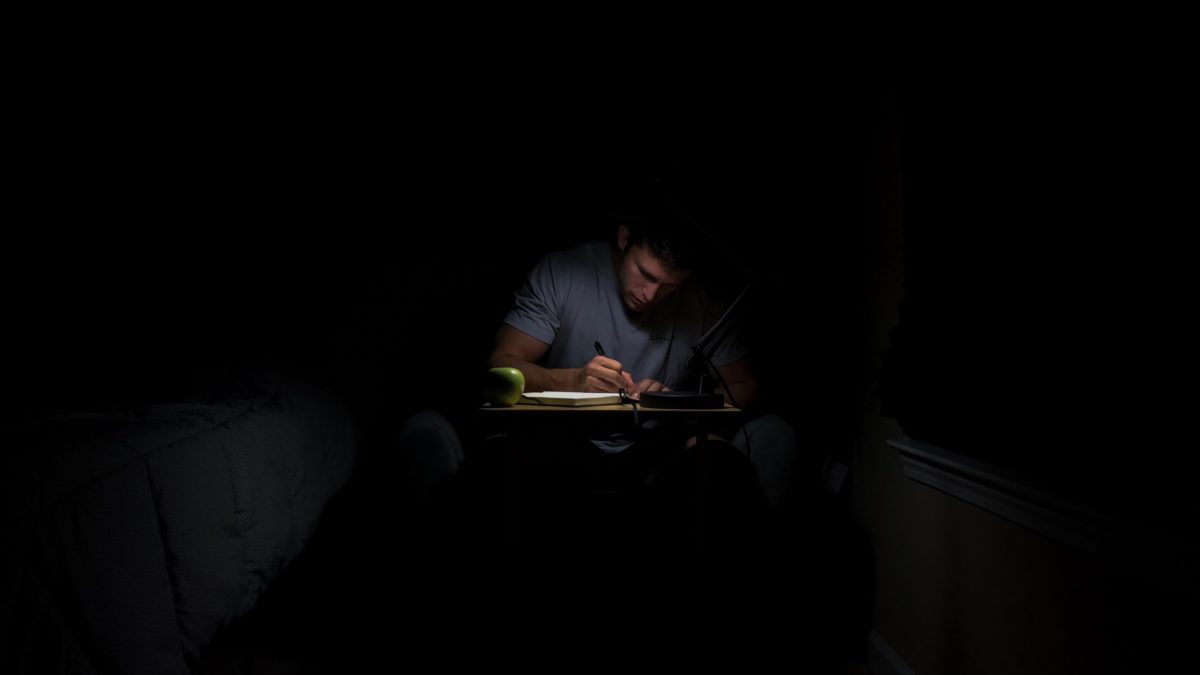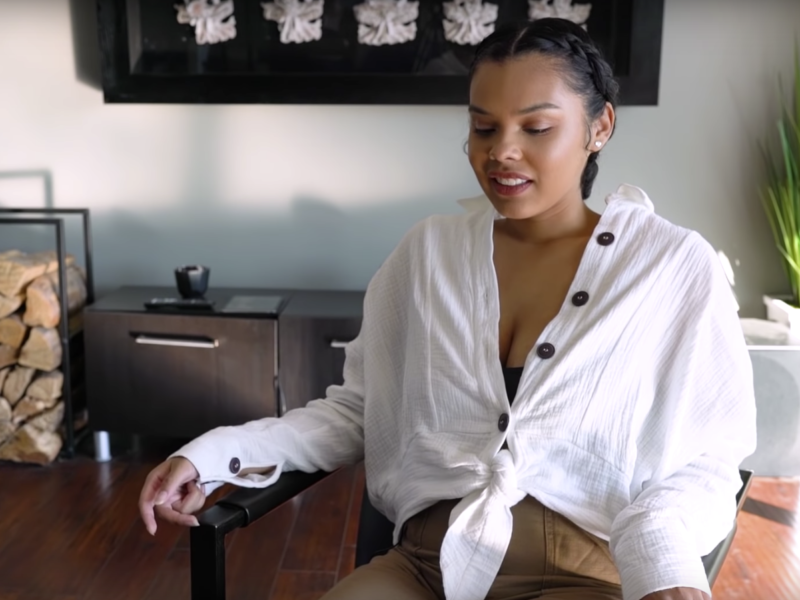Perhaps it’s something you’ve heard in creative writing classes, high school English, or personal essay trade-n-grades, but voice isn’t always easy to put a finger on. For poets just starting out, the concept of voice can feel a little ethereal, intangible, or out of reach. In reality, understanding what voice is doesn’t have to be so head-in-the-clouds complicated; it’s just you being—you. Well, sort of.
Voice, simply put, is the person behind the words that speaks out to the audience. It is made up of many poetic elements such as tone, imagery, rhythm, diction, punctuation, and more. These themes work together to give a unique color and expression to your words, building an overall style or point of view. Think of it as the voice inside your readers’ head. Does it sound like you?
If you write poetry from your own point of view (which many of us do), your poetic voice might come naturally, but don’t be discouraged if it takes a little digging. If you like to put yourself in someone else’s shoes (whether it’s a human, animal, or inanimate object) when you write, it might take a little more imagination. The truth is, there are no hard-and-fast rules when it comes to voice. You’ll just have to try things on for size, but we can give you a few tips along the way.
Point of View
One of the first, and perhaps most obvious things to consider when it comes to voice is your point of view. It could be first-person (I/me/we); second-person (you/your); or third (he/him, she/her, they/them, it/its). When selecting a point of view, consider how much distance you’d like between yourself and the reader. First-person tends to be more intimate, while third-person may hold the reader at arm’s length. Take “Soaked” by Loren Broaddus for example:
…the grass-dew sparkled
on the long walk to the cool
shadows of trees stretching
across our grassy diamond.
Broaddus uses the first person plural (our, we, us) to help the reader imagine being part of his childhood friend group. “Soaked” allows readers to imagine joining the boys on the baseball field in the dewy morning, evoking a sense of nostalgia.
Tone
Next, consider your tone—which refers to the speaker’s attitude or position towards the subject of the poem. How would you like your attitude to be perceived? Snarky, naive, curious, sad, outraged, blissful, and really any mood under the sun is fair game. You may have a tone or feeling in mind before you start, but if you don’t, take some time to think about what sort of tone best matches your message. Take “3 a.m.” by Reyna Biddy, for example, which takes on an angry, or hurt tone:
…You made us a promise.
Why choose now to neglect me?
My swollen eyes loved the bare you.
How dare you.
Once you’ve established a point of view and position on a subject, you can think on a more granular level about things like diction (word choice), rhythm, and punctuation. These elements can take a bit of tinkering, but as you tighten up your poem by swapping words around, trying on different synonyms, and playing with punctuation, you’ll find that these elements help to reinforce your voice overall. With practice, patience, and an open mind, you’ll be able to develop your voice as a poet. But remember, its a journey that never ends. Our voices are always evolving!




